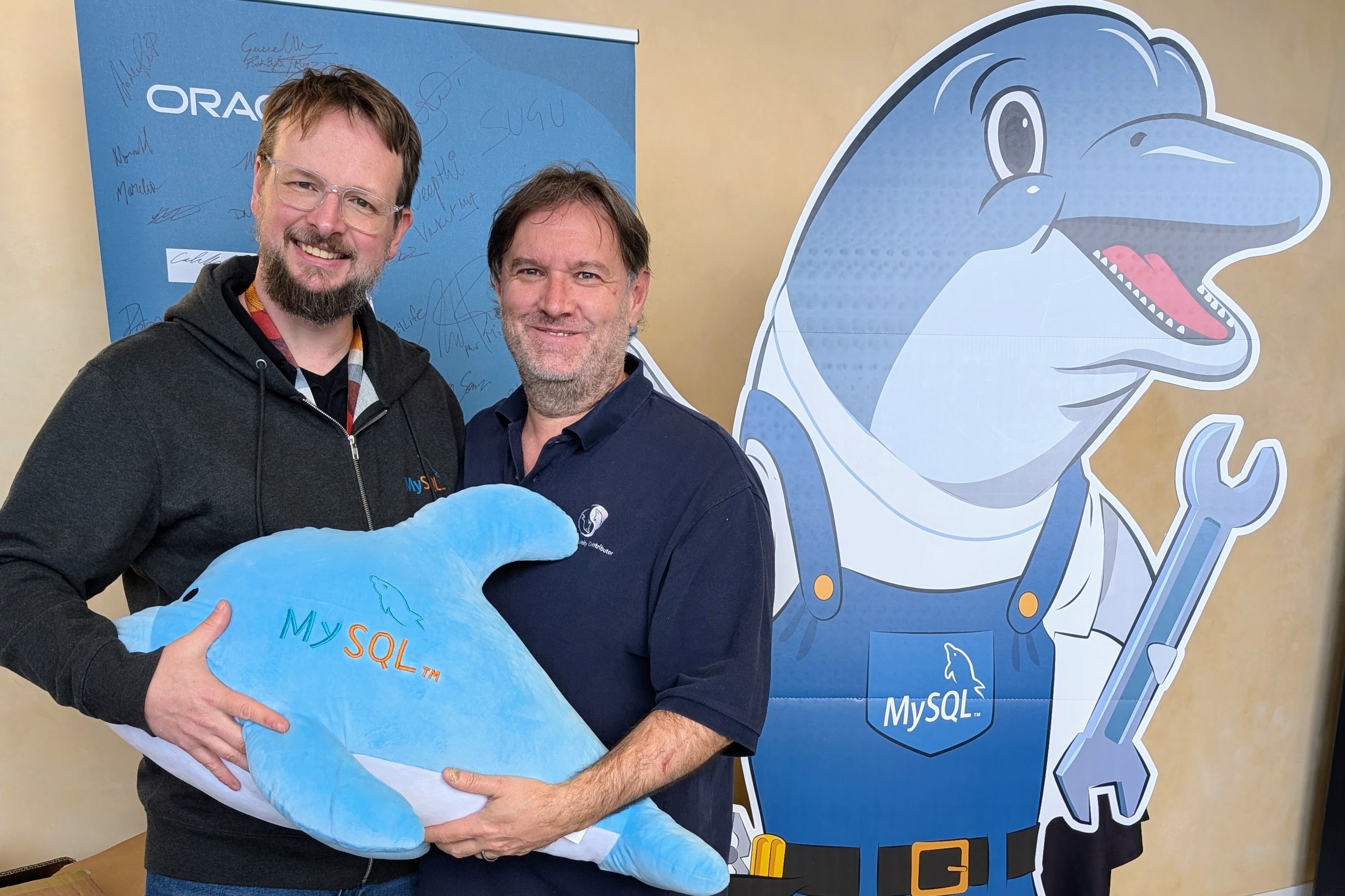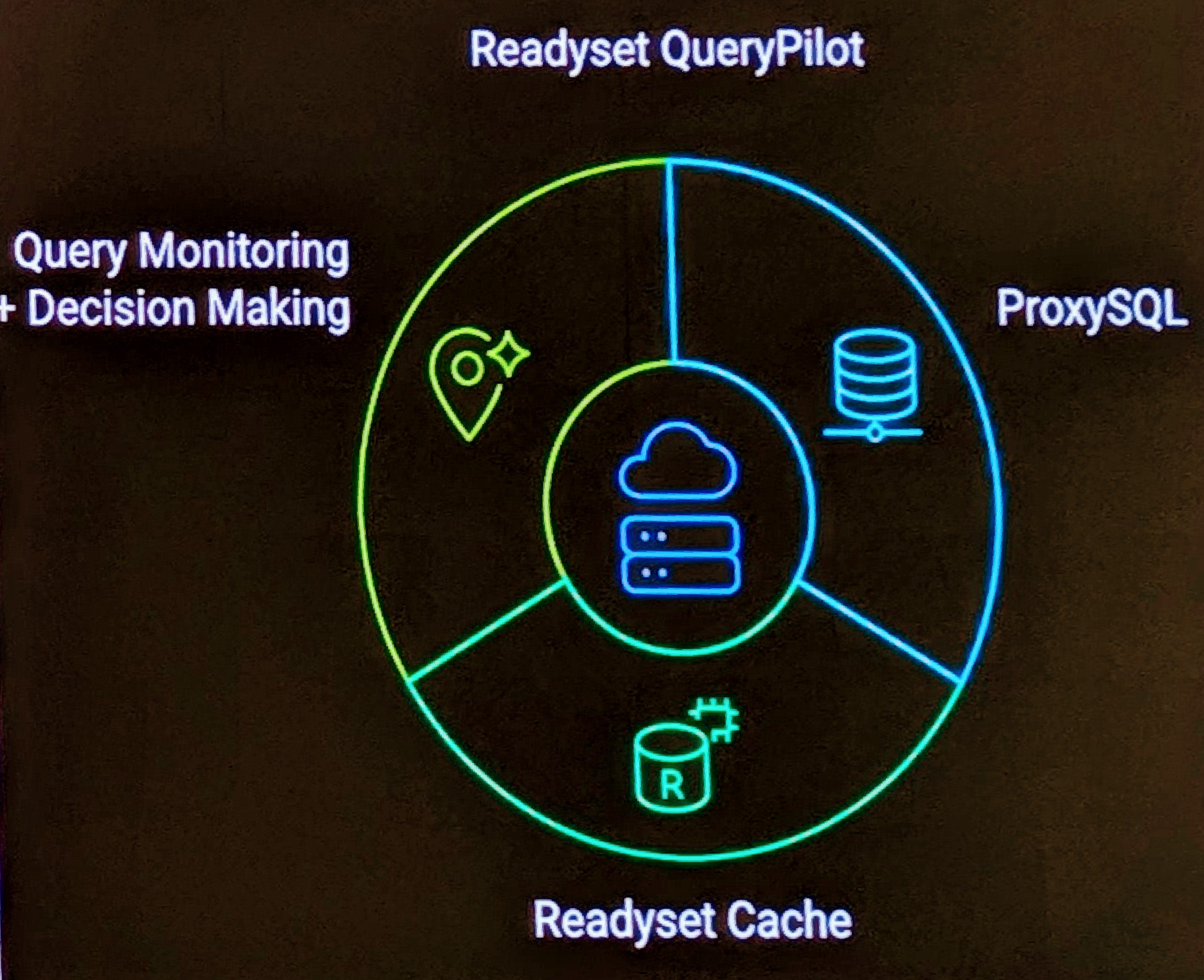|
The Brisbane XP Group met yesterday for a presentation by Dr Paul King of Asert on the book Sustainable Software Development : An Agile Perspective. |
XP January Meeting
Related Posts
Improving your MySQL Security Posture Presentation
At the MySQL BR Conference 2025 I had the opportunity to speak about Improving Your MySQL Security Posture. You can find a copy of my slides on my Presentations , and a Portugese (Brazil) translation.
Read moreMySQL and Heatwave Summit Presentation
Last week I had the opportunity to speak at the MySQL and Heatwave Summit in San Francisco. I discussed the impact of the new MySQL 8.0 default caching_sha2_password authentication, replacing the mysql_native_password authentication that was the default for approximately 20 of the 30 years that MySQL has existed.
Read moreReadyset QueryPilot Announcement
At the MySQL and Heatwave Summit 2025 today, Readyset announced a new data systems architecture pattern named Readyset QueryPilot . This architecture which can front a MySQL or PostgreSQL database infrastructure, combines the enterprise-grade ProxySQL and Readyset caching with intelligent query monitoring and routing to help support applications scale and produce more predictable results with varied workloads.
Read more

